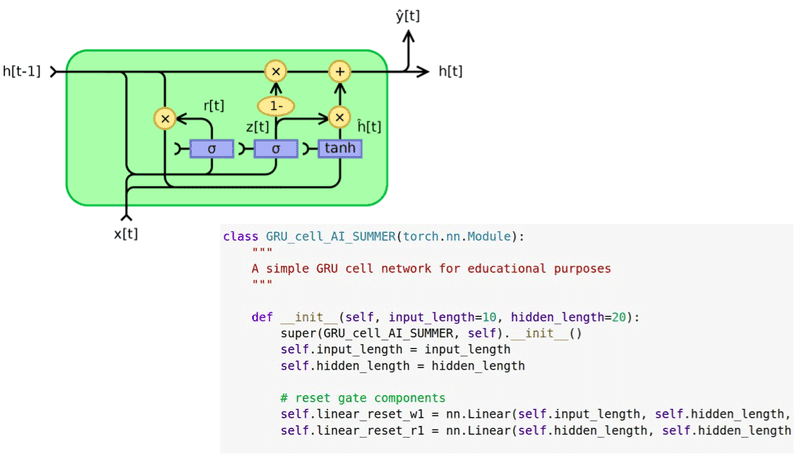
Austin Russell, founder and CEO of Luminar, speaks at TC Sessions in San Mateo, California, in May 2022.
Getty Images for TechCrunch
Self-driving vehicles are a more formidable challenge to solve than many advocates for the technology anticipated. However, that’s not dampening the growth outlook for Luminar, which makes the laser sensors that autonomous vehicles need to see the world in three dimensions. Instead, CEO Austin Russell said that it’s lined up contracts to supply its tech to six auto and truck makers as part of advanced driver-assist systems and expects to be in “millions of vehicles” within a few years.
Luminar’s initial plan to supply Volvo cars with its lidar units has “ballooned dramatically over the past couple of years, where we’re now being embedded in 20 different production vehicle models or variants across the globe,” Russell told Forbes, ahead of the company’s “Luminar Day” investor conference on its business plans and 2022 financial results. The company’s new factory in Monterrey, Mexico, which opens this year, will help it supply sensors to Volvo, China’s SAIC, Polestar, Nissan, Mercedes-Benz and truck maker Daimler and be in “millions of vehicles on the road within a few years,” he said.
The company, based in Orlando, is also readying Iris+, a slimmer new version of its main lidar unit, that provides more detailed images of a vehicle’s surroundings at up to 300 meters and improved “collision avoidance of small objects at up to autobahn-level speeds,” the company said. Mass production of the sensor will be at Luminar’s highly automated Monterrey plant.
Over the past five years, Luminar has moved from being one of dozens of lidar startups vying to challenge Velodyne, the first company to commercialize lidar for autonomous vehicles, to the de facto industry leader, in terms of the number of vehicles that will be using its sensors. From the outset, its focus has been on integrating lidar into advanced driver-assist systems that partially automate some driving functions but that are not fully autonomous, such as the robotaxi-type vehicles in development by Alphabet’s Waymo, General Motors-backed Cruise and Amazon’s Zoox.
Lidar provides more information than digital cameras and radar, which are already standard gear on most new vehicles, because of its ability to generate 3-D point-cloud images of all objects, vehicles, pedestrians and other roadway features in daylight or at night. Its ability to understand the location and movement of those things is key to improved safety. According to the company, individual Luminar sensors cost about $1,000, including software.
Russell, an optics prodigy who started Luminar after dropping out of Stanford University and a Forbes 30 Under 30 alum, has maintained a consistent view over the years that the technical challenges of training artificial intelligence to safely drive a vehicle in all conditions was unlikely to be solved until the 2030s. That view seemed to be endorsed last year by Ford and Volkswagen when they dissolved Argo AI, their joint-venture autonomous driving startup, because of little potential for significant revenue in the near term.
By comparison, Russell said he anticipates Luminar’s revenue will triple annually for the next several years from its supply contracts.
A vehicle with Luminar’s lidar sensor stops to avoid a child-size test dummy at the Las Vegas Convention Center during the CES in January 2022.
AFP via Getty Images
“Production deals for autonomous vehicles haven’t really been a thing. It’s still stuck in R&D,” he said. “So being able to actually get out there with real commercial deals, getting into production vehicle lines is a completely different door.”
For now, though, Luminar is still in startup mode. It reported quarterly revenue of just $11.1 million and $40.7 million for all of 2022. It lost $144.8 million in Q4, or 40 cents a share. Its full-year loss totaled $445.9 million, or $1.25 per share, owing mainly to costs to build its Mexican plant and continuing R&D expenses.
Revenue should grow at least 100% this year, and Luminar expects to win at least $1 billion on new orders in 2023, beyond the $3.4 billion it already has, CFO Tom Fennimore told investors during the company’s conference.
Luminar shares rose less than 1% to $$8.95 in Nasdaq trading on Tuesday.




